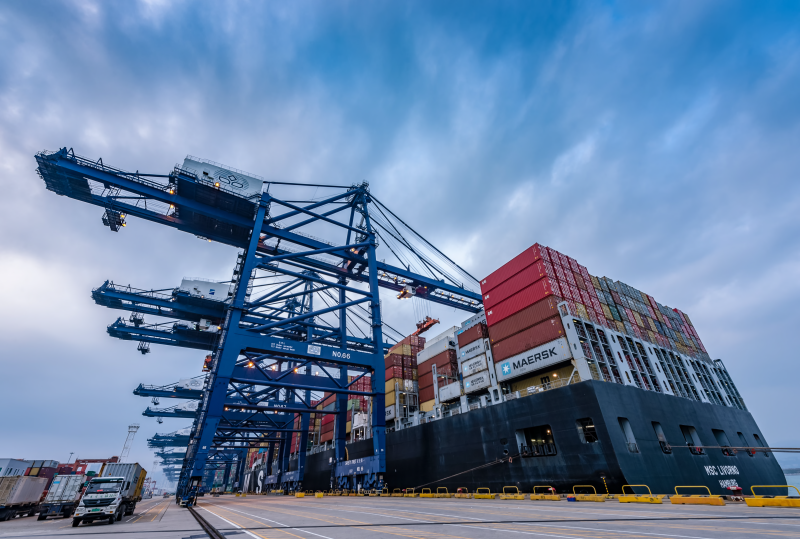The surge in shipping container rates since 2020 has surprised many freight forwarding practitioners. And now the drop in ship rates due to the pandemic. The Drewry Container Capacity Insight (the average of spot rates on eight Asia-Europe, trans-Pacific and trans-Atlantic trade lanes) has continued to decline slightly since the pandemic began in March. However, freight rates have not collapsed. Spot freight rates have stabilized at around $8,712/FEU, nearly double the five-year average of $3,352/FEU.
According to the latest data released by Drewry on Friday, the world’s three major shipping alliances have cancelled a total of 58 sailings in the next five weeks (weeks 21-25). Among them, the most cancelled voyages are the 2M alliance with 23 voyages; the THE alliance with 20 voyages; the least number of cancelled voyages by the Ocean Alliance;
Detailed data on Drewry Container Capacity Insight shows that all alliances have implemented lane cancelation and will continue to do so in the coming weeks. Shipping lines reduced capacity on the Asia-Northern Europe and Asia-North America West Coast (USWC) routes in April and May despite the sudden slowdown in demand and the economic hit. In this way, shipping lines are adopting faster and stricter capacity management strategies than before 2016, an important factor in post-pandemic freight trends and reduced volatility. Out of a total of 742 scheduled sailings on major routes such as Trans-Pacific, Trans-Atlantic, Asia-North Europe and Asia-Mediterranean, 73 sailings were cancelled between weeks 21 and 25, a cancellation rate of 10%. During this period, 71% of blank sailings will occur on the trans-Pacific eastbound trade lanes, primarily to the U.S. West Coast, according to Drewry’s data.
The supply-demand balance was the dominant factor in freight rates around 2016, and now freight rates are no longer driven primarily by the supply-demand balance. Drewry said the strategy the industry adopted to deal with demand shocks was more important than the relative increase or decrease in demand itself. Inefficiencies in the consolidation service network and widespread port congestion and inland bottlenecks are also important factors supporting freight rates. The spread between contract and spot rates and the interaction between these two markets is also one of the important drivers affecting freight rates.
Currently, the lockdown in Shanghai is expected to end in June, with restrictions gradually lifted. A sudden return to near-normal levels of manufacturing and general economic activity could have some impact on an already overwhelmed global container distribution system. Once Shanghai fully reopens and the manufacturing engine starts to heat up, there could be a surge in U.S. and European containers. In addition, U.S. import demand remained strong in April, despite inflationary pressures and pandemic constraints. If trade remains strong, port congestion in the U.S. and Europe could worsen significantly, creating further delays and costs for already struggling shippers.
Shanghai Oujian Network Development Group is a. professional freight forwarding operator in China, Southern Asia Lane, Southeast Asia Lane and Europe Lane are our core advantages. Please contact us: info@oujian.net, or visit our Facebook homepage: https://www.facebook.com/OujianGroup/?ref=pages_you_manage
Post time: May-24-2022

